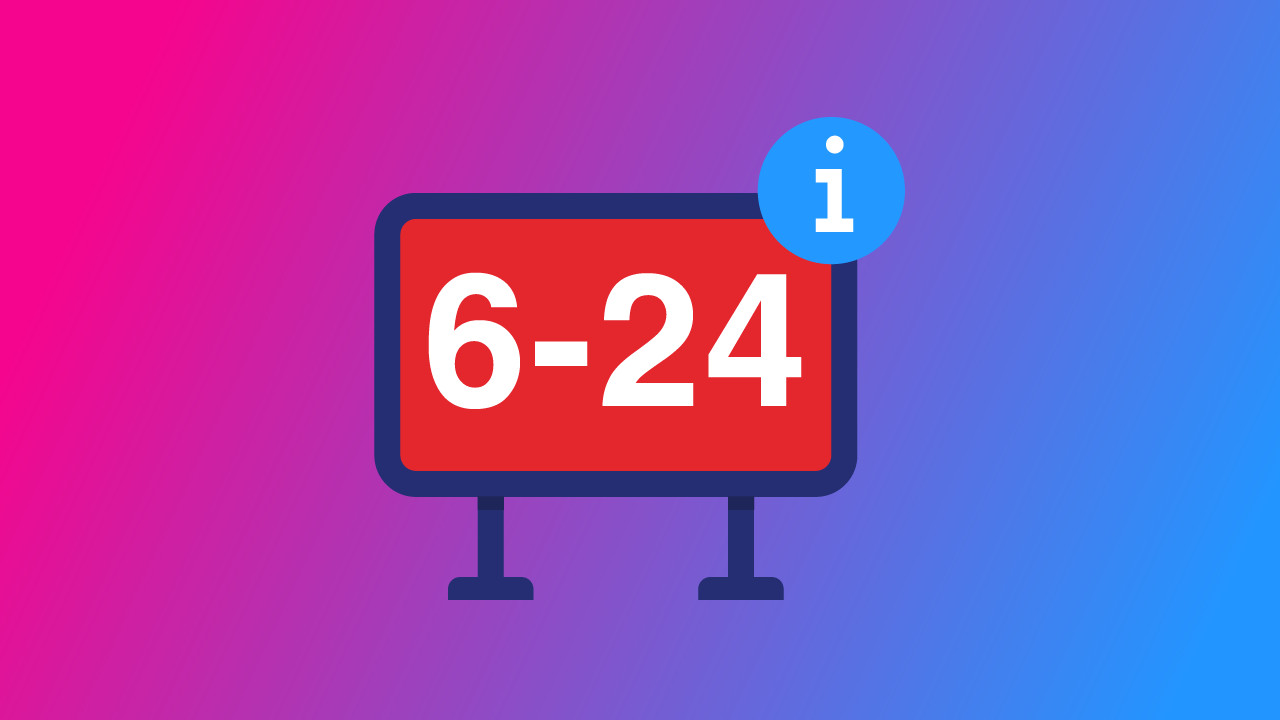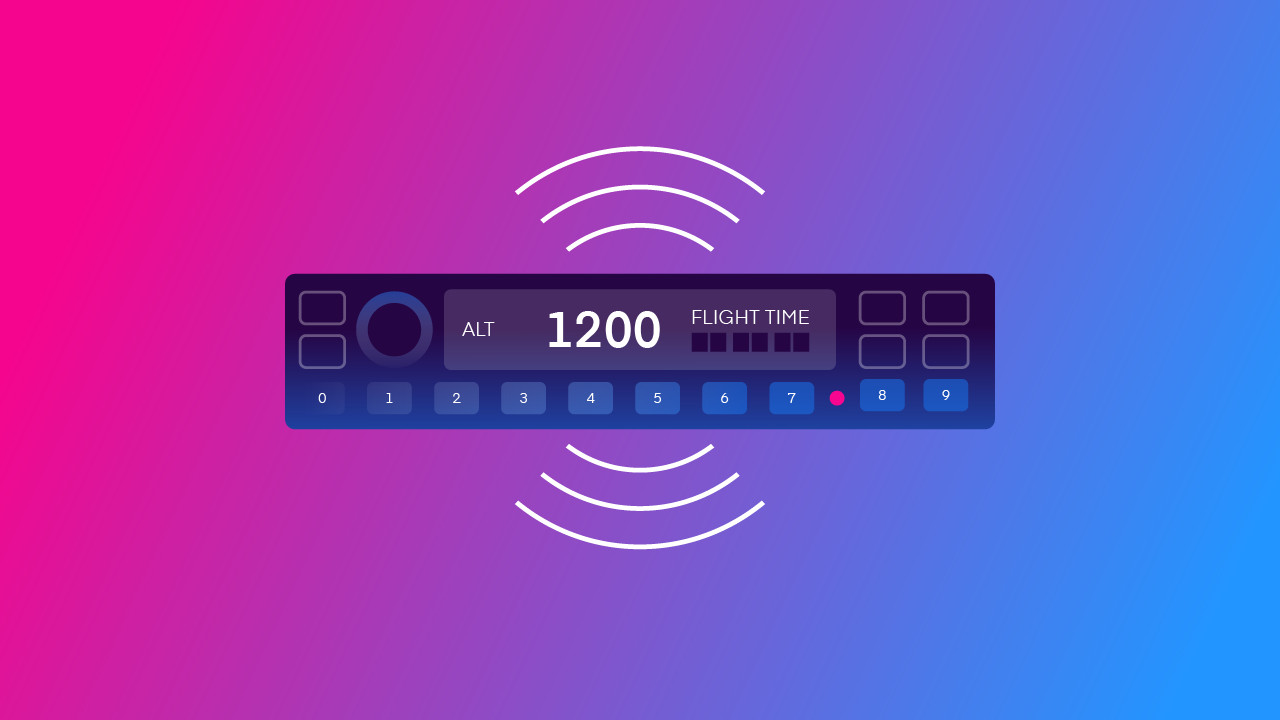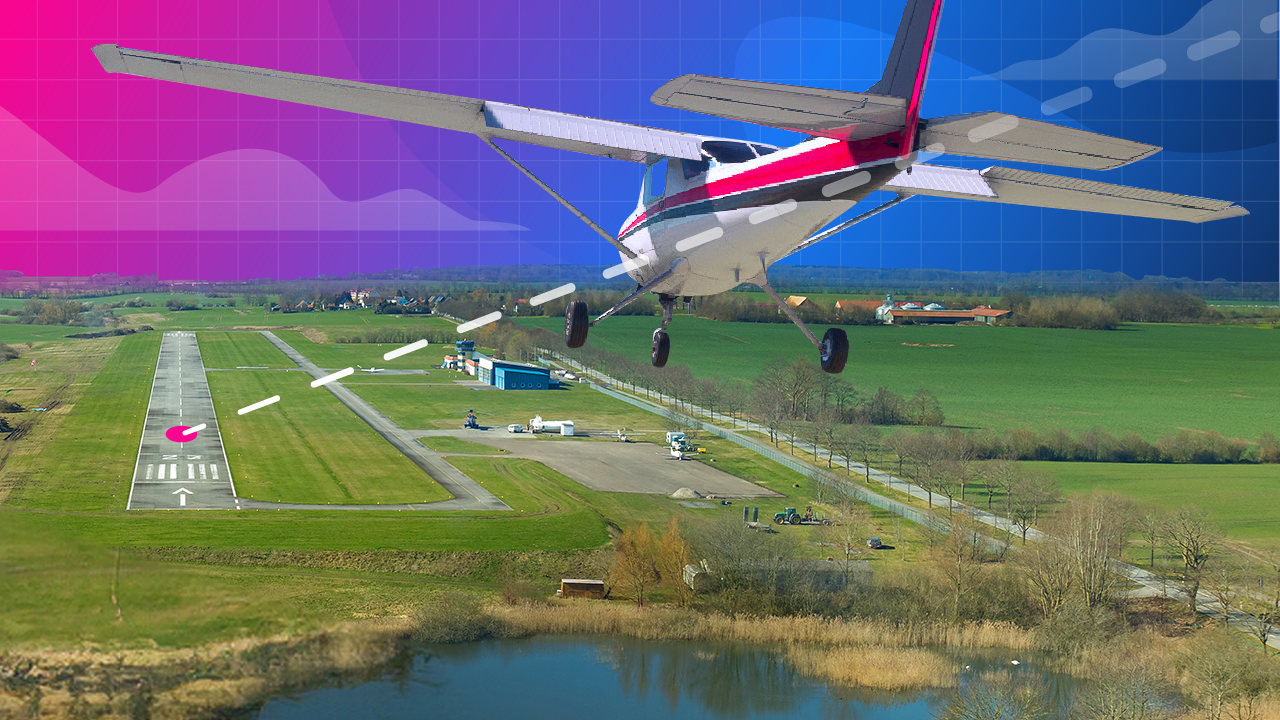-
The Private Pilot's License (PPL)
- Use your PPL for travel and holidays
- Use your PPL for business
- Take passengers flying
- Take a job related to your PPL
- Unpaid flying jobs
- Other types of flying
- Only a PPL?
-
The Commercial Pilot's License (CPL)
- Banner towing
- Airplane News Update
- Aircraft ferry pilot or air tour pilot
- Traffic watch pilot
- Pipeline and powerline patrol pilot
- Aerial Photography
- Flying privately owned aircraft
- Certified Flight Instructor
- So is a CPL right for you?
-
The Air Transport Pilot's License (ATPL)
- Airline Pilot
- Cargo pilot work
-
And Finally...
There is a bewildering variety of different pilot’s licenses, and in the beginning it may not be obvious what they all mean. So which one should you get? Which of these is right for you?
To a large extent the answer to this depends on what you actually want to do with your pilot’s license. Are you just planning to fly for fun, or do you want to earn money from aviation? If the second of these, what do you really want to do? Are you thinking of having a whole new career as an airline pilot, would you like to be an instructor, or do you just want to do a little part time paid flying? These may all require different licenses, and you don’t want to get one type of license and then discover that it is not right for what you want.
So we will take a look at the three main types of pilot’s licenses – PPL, CPL, and ATPL – and discuss what you can do with each of them.
The Private Pilot’s License (PPL)
The PPL is basically a recreational license, for people who want to fly for fun. You are not allowed to be paid for flying if you have a PPL.
Does this mean that you will only be able to do local flights, which could rapidly become monotonous? Not at all. There are a huge number of things you can do legally with your PPL. Here are some of them…
Use your PPL for travel and holidays
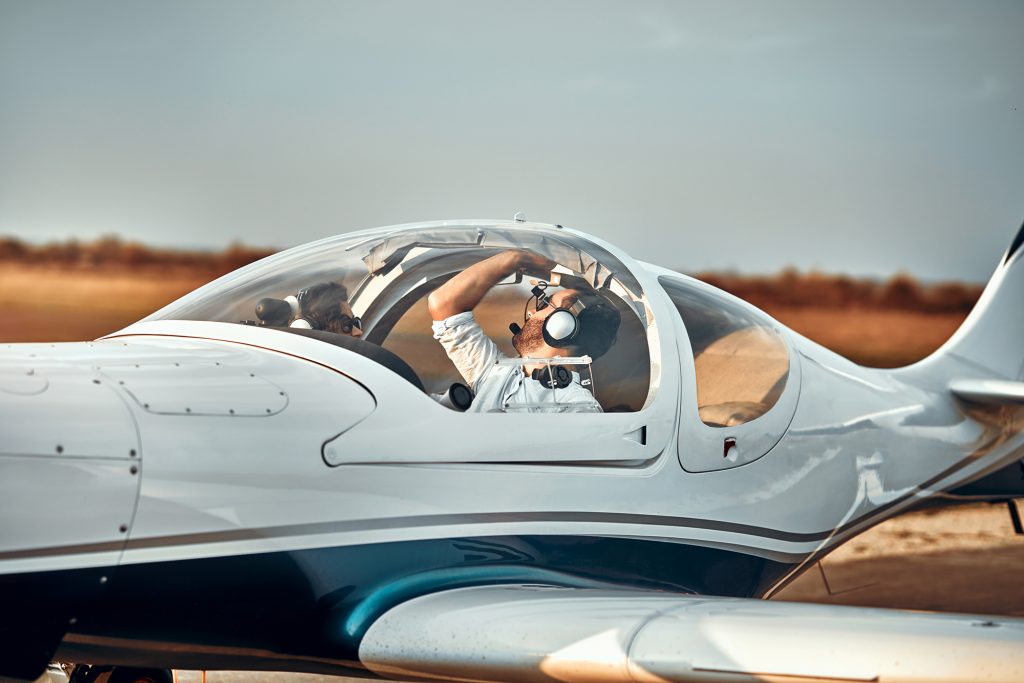
Many pilots fly long distances with their PPL, and even take flying holidays. It is a way of traveling in style. I have flown over most of the world using my PPL. Sometimes I started from home; at other times I hired an aircraft while I was on holiday. It enables you to see new areas in a completely different way, and is a whole lot of fun.
Use your PPL for business
If at some point you buy your own aircraft, you may be able to use it for business, of course depending on what it is that you do for a living. It could become a way of avoiding crowds and traffic holdups, and it could also save you a great deal of time. It may not be the cheapest way to go, but it could be the most enjoyable, and economical in terms of time.
Take passengers flying
You don’t have to fly by yourself all the time. You can fly with other pilots, which is a way of sharing the cost and minimizing the workload. When I have done this, one person tends to do the flying while the other operates the radio and navigates; then for the next leg we swap over.
You may also want to take your friends and family flying, or even have a flying holiday with them. If you do this, you may suddenly find yourself becoming very popular! Your passengers are not allowed to pay you for the flight, but they are allowed to ‘cost share’, which means you split the costs equally between the number of people on the plane. But don’t forget that you have to pay an equal share of the operating costs or rental fee as well.
Take a job related to your PPL
Although you cannot receive remuneration for flying if you have a PPL, there are some aviation related jobs you can take which either require a PPL, or where it would be a significant advantage to have one. Examples of these are working in aircraft sales, volunteering for an aviation related non-profit organization, or becoming a ground instructor.
Unpaid flying jobs
There are a couple of jobs you can undertake with a PPL, but for which you will not receive payment. These are towing gliders, and dropping parachutists. Some clubs will expect you to have gliding or parachuting experience respectively, but not all. And while you cannot be paid for doing these, you will have a lot of fun and gain a great deal of useful experience.
Other types of flying
Having a PPL does not limit you to flying fixed-wing aircraft from one place to another, or flying straight and level all the time. You might fancy learning to do aerobatics. This could open up a whole new world for you, including competitive flying if you like that sort of thing.
You can also learn to fly other types of aircraft, such as helicopters, seaplanes, and gliders. These will all require further training, but often not a great deal.
And you can get extra ratings, such as an instrument rating or a multi-engine rating. These could significantly extend the scope of what you are able to do with your PPL. And again, it is a way of having fun while at the same time gaining more experience and improving your skills.
Only a PPL?
So never tell anyone that you ‘only have a PPL’. Many PPLs are first rate pilots, and you can be too. A PPL can open the door for you to gain a huge amount of aviation experience, and see the world from the air. So it could well be the license for you.
The Commercial Pilot’s License (CPL)
A CPL is the first type of commercial license, and it enables you to receive monetary remuneration for flying. It requires many fewer flying hours than the ATPL, and is therefore much cheaper to obtain. But is it the right license for you?
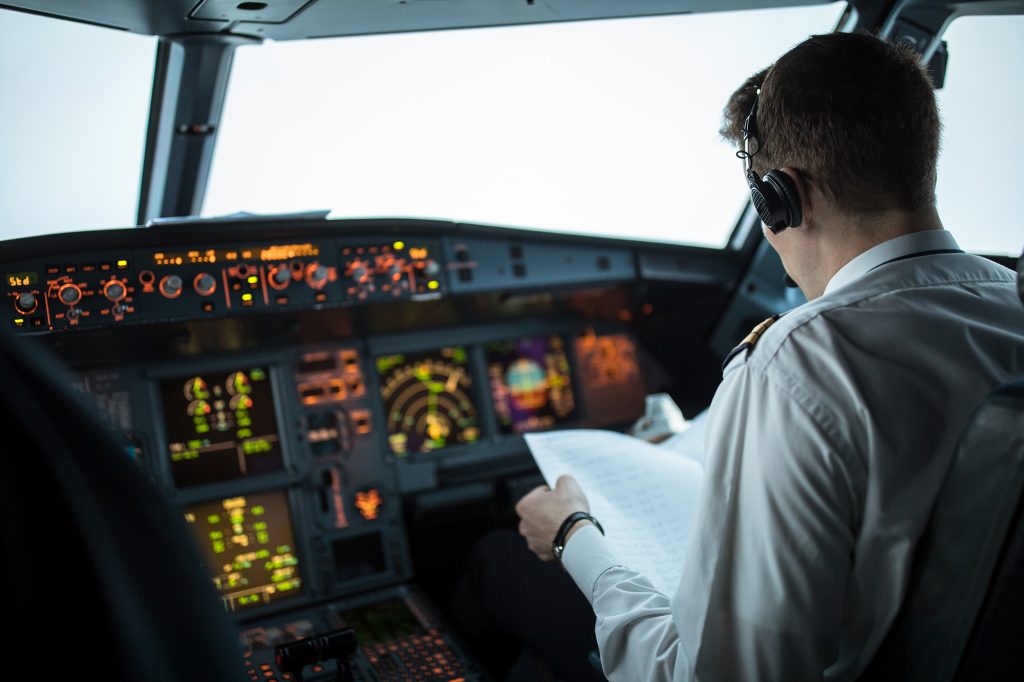
Many pilots assume that when they get a CPL they will immediately be able to get a flying job. They think that they will be able to do any kind of flying work that exists. So is this the case?
No, unfortunately it is not. It is a sad fact of aviation life that most pilot jobs require an ATPL, or at least flying hours well into four figures. In fact, there are not really that many careers which you can do with only a CPL.
So is this license worth getting? Well, possibly. There are a number of jobs you can undertake with a CPL. These include tasks like crop dusting and other agricultural flying, pipeline patrol, banner towing, air charter, sightseeing and ferry flights, aerial photography, traffic watch, and other similar careers. That sounds like a lot, but the problem is that there are a lot of CPL holders chasing comparatively few jobs But let us take a brief look at some of the work which could be available to you.
Banner towing
Most banner towing aircraft are single engine planes that have capture hooks to pick up banners, and also release mechanisms to drop the banner at the end of the flight. Picking up the banner at the beginning of the flight and dropping it at the end is an art, and one which you will have to learn.
The pay for a banner towing pilot is not that high, with most banner towing pilots earning between $15 and $50 per hour. Also, there is quite a lot of competition for banner towing jobs. But for pilots who enjoy low, slow flying, this could be quite a good way of making at least a part time living.
Aircraft ferry pilot or air tour pilot
This involves moving airplanes or helicopters on behalf of owners or operators. Sometimes the owner is new to flying or to that particular aircraft, and does not have the experience needed to get the aircraft home themselves.
Sometimes these jobs can be complicated, and involve flying in remote areas of the world or over large expanses of water or forest, for instance. These are more suited to experienced pilots who have done this sort of flying before – but you could perhaps become one of these, eventually…
Aerial tour pilots fly sightseeing passengers over scenic areas. Tour flying is often seasonal with pilots usually being paid either a salary or hourly per flight hour. If you are interested in work like this, look for companies located around beaches, or scan ads in scenic areas like the Grand Canyon.
Traffic watch pilot
Traffic watch pilots usually work for television stations, radio stations, or traffic reporting companies. These positions are usually available in larger cities, so look for ads in these sort of areas. Traffic watch pilots usually work swing shifts to cover normal traffic rush hour times.
Traffic watch is more commonly done with helicopters though some fixed wing positions are available. It is not that difficult, and involves regular work which can be quite enjoyable.
Pipeline and powerline patrol pilot
Pipeline and powerline patrol pilots fly low level across the country to monitor the condition of the gas or electric infrastructure. The federal government requires the lines to be inspected on a recurring basis, so this can provide a good regular income if you can get the work. You will be looking for damage or leaks, or to find the cause of reported outages. You may be flying over rugged, undeveloped terrain, with not a lot of scope for emergency landings. These jobs can be relatively well paid.
Aerial Photography
Aerial photography jobs can involve carrying of professional photographers or the pilot taking pictures themselves. Obviously for the second of these some proven photography experience would be an advantage. Some aerial photography operations have planes specially outfitted with advanced camera gear. Aerial photography is sometimes done as a part time job, with the company using its pilots for other work too. So if you take it up, be prepared to diversify if necessary.
Flying privately owned aircraft
Everyone wants to do this! All CPLs think it would be the perfect career. Well, perhaps it is, if you can get it. But whether you can get a job flying for a private owner is as much down to luck and who you know as to your flying ability in many instances. When I was an instructor, I occasionally managed to get short term work flying aircraft for private owners, but nothing which lasted any length of time. Competition for this type of work is quite intense. But someone has to do this, so you may get lucky.
Certified Flight Instructor
Many CPL holders eventually decide that becoming a CFI is the best way to earn a living. To do this you will need to spend money and time getting a CFI qualification, but there are a number of advantages to doing this. It is a reasonably well paid job, and flight instructors are almost always in demand. It is therefore a good way to get reliable full time work and also build hours quickly. In addition, instructing is a job that many people really enjoy. It can be very rewarding to help to train the next generation of pilots.
However, do bear in mind that the CFI qualification is not easy, and it can also work out quite expensive. So it is not for everyone.
So is a CPL right for you?
It can be hard to get started in your first job after getting your CPL. Many of the jobs mentioned above specify a certain number of hours, with 500 hours being common. But even if you don’t have the required number of hours, it is always worth applying, as the hours requirement is often a preference set by the company, not a federal requirement, and the company could be prepared to be flexible. If you persevere, you are likely to find something. And if all else fails, you will have done some hour building towards your ATPL…
The Air Transport Pilot’s License (ATPL)
The ATPL is the top rung of the commercial flying ladder, and gaining this qualification does mean that the flying world is now open for you. You can not only become an airline pilot, you can fly cargo planes, and do almost any other flying job which you can find. And of course you can do any of the jobs mentioned in the CPL section of this article…and you will probably have a greater chance of getting them than those pilots who only hold a CPL.
So let us take a look at what you are likely to find yourself doing with an ATPL…
Airline Pilot
of course, most people who obtain an ATPL want to fly for the airlines. Being an airline pilot can be a very rewarding career, both financially and in terms of job satisfaction.
However, it is essential to know both the ups and downs of this profession. It is also important to know what you are looking for in your career, as this could significantly impact on the type of flying and the airline you may set out to work for.
Pilots are generally well paid, with pay varying between around £30,000 to over £150,000 depending on seniority, aircraft and airline. The remuneration can vary considerably from company to company, but generally speaking low cost carriers tend to pay less than the flag carriers, and as one might expect, the bigger the aircraft and the further you go, the greater the pay.
Most airlines will also offer excellent staff travel packages. The rosters are also generally good, offering more off days than your typical Monday to Friday 9-5 job, and better holiday allowances.
The downside to this is that you may find yourself seldom having a free weekend; little or no summer leave and bank holidays are just another normal working day. Whilst this may seem minor to some, particularly in your first job and first flush of enthusiasm, having to miss Christmas or a family member’s birthday celebration year after year can take its toll. Maintaining a normal social and family life can be a challenge as you may often find you have your time off when your friends are at work.
So what can you do if you have an ATPL but decide that airline flying is not for you? If this is the case, you might fancy working as a cargo pilot.
Cargo pilot work
There is a myth in some places that cargo pilots always fly worn out old airplanes in the middle of the night. While night flying is common in the freight flying world, there are actually many options in schedules. From flying multi-week trips around the globe to being home every night, there are schedules available in cargo flying to fit most pilots’ wants and needs. There are also many different types of airplanes flying cargo. They range from the tired old piston airplanes of rumor, all the way up to advanced aircraft that are sometimes more technologically developed than their airline counterparts.
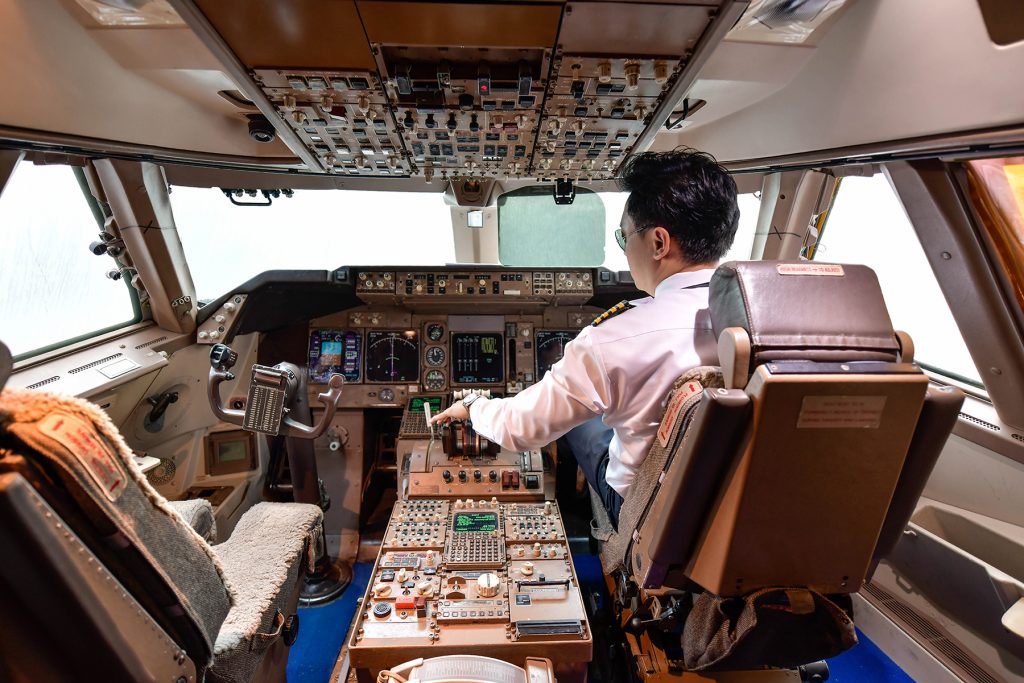
There are a number of advantages to being a cargo pilot. Primarily, don’t have to worry about passengers and whether they are safe and happy. So if a schedule is disrupted, there are no announcements to be made, or annoyed passengers to be dealt with. As some cargo pilot once put it, ‘boxes don’t bitch’! And you don’t need to avoid turbulence to keep the passengers happy, or worry about the temperature of the cabin. So for many pilots, flying cargo is a welcome relief from the non-flying aspects of the airline pilot’s job, leaving them to concentrate solely on getting their freight from one place to another, with no other distractions taking up their time.
So what is a typical day in the life of a cargo pilot? There is really no such thing. Any type of flying schedule you can imagine is possible – domestic, international, one-day trips, fourteen-day trips, all daytime flying, all night flying, and every combination of these. Aviation is a 24/7 type of operation anyway, and that applies as much to flying freight as it does to flying passengers, perhaps even more so.
So do cargo pilots get to choose their schedule? In many companies, seniority dictates your likelihood of getting your desired flights. So you might have to start off doing the flights no-one else wants, but that will most likely change as time goes on.
As a cargo pilot you can find every type of flying schedule in a variety of aircraft. This means that there is something for almost everyone here! Although it is perhaps not as glamorous as flying for the airlines, working as a cargo pilot can be a rewarding and financially lucrative career path. Cargo pilot jobs are frequently more stable than many other pilot positions, since there isn’t much in the way of boom and bust scenarios that occur with economic cycles. This might be especially attractive at the present time. So maybe it is something you would like to try.
And Finally…
so there you have it – a wide choice of licenses, depending upon what you want to do when you get yours. And remember: whatever type of license you decide to get, you can always change your mind and do some further training in the future. Overall, there is a great deal that can be done with any pilot’s license, so now get out there and enjoy your flying….
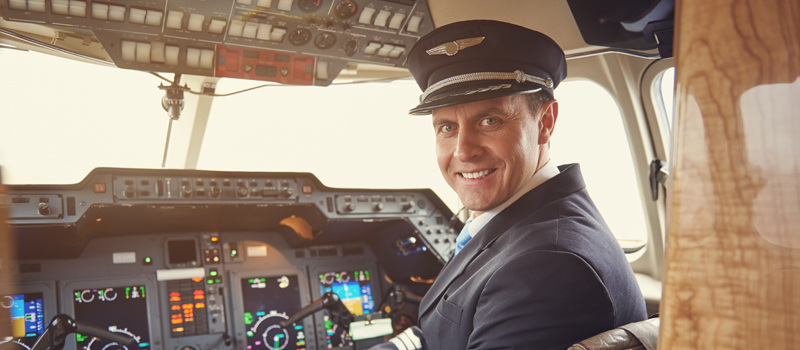

 @pilotinstituteairplanes
@pilotinstituteairplanes
